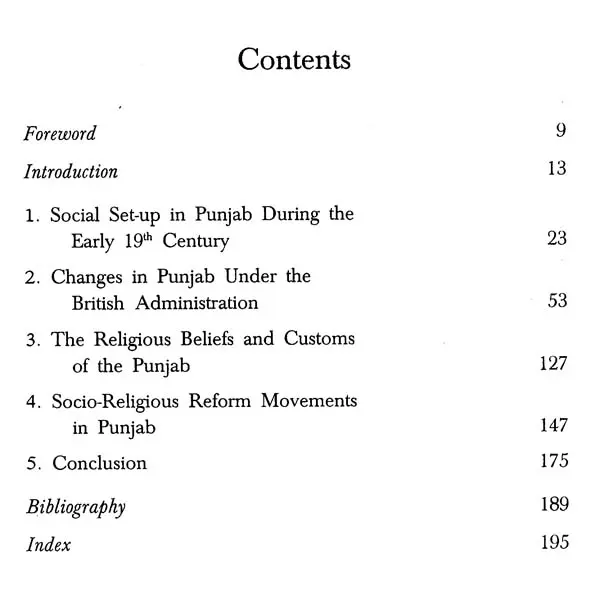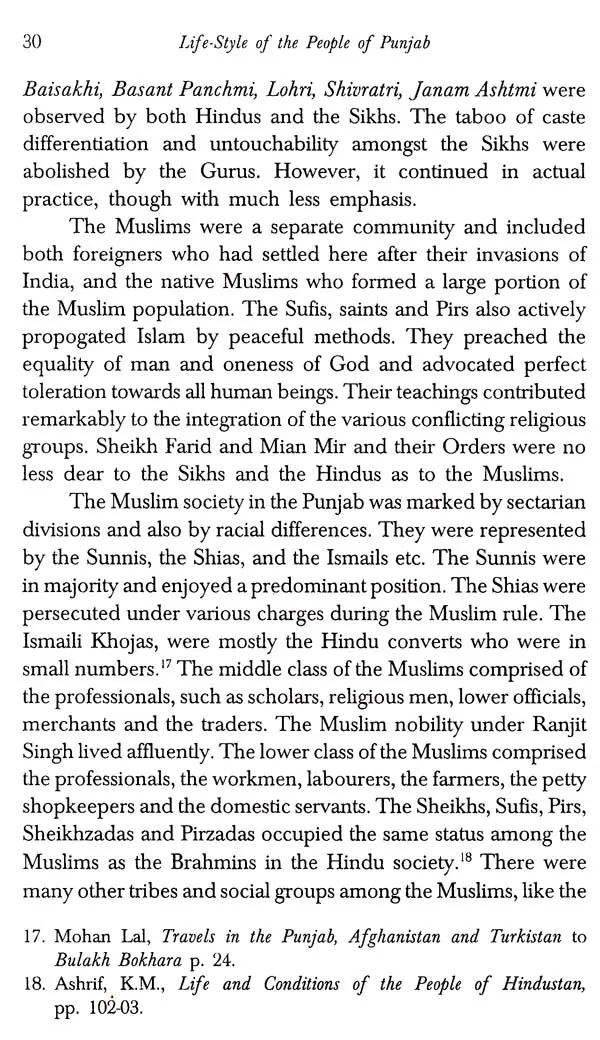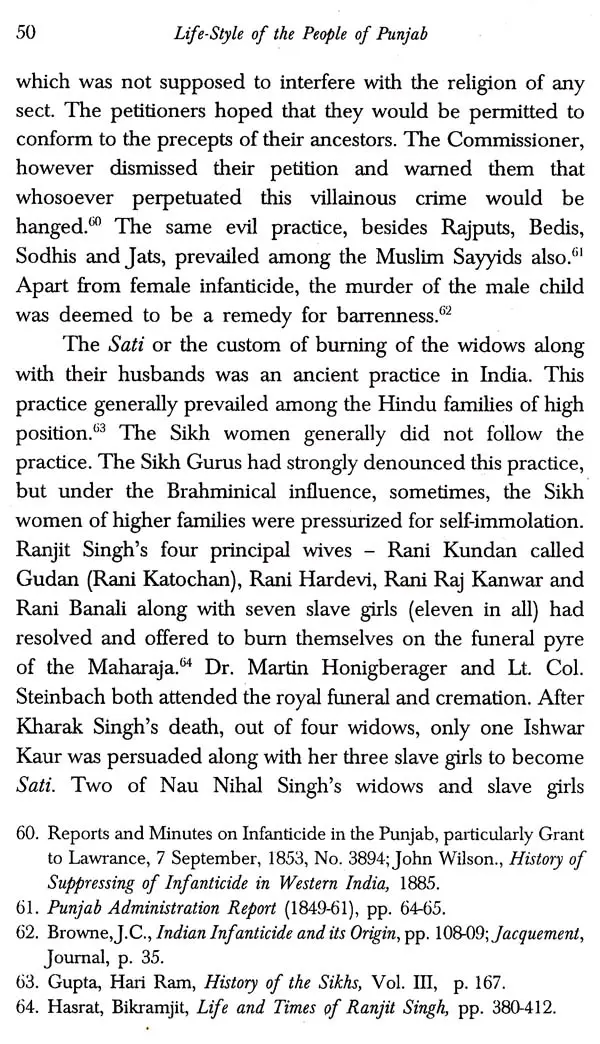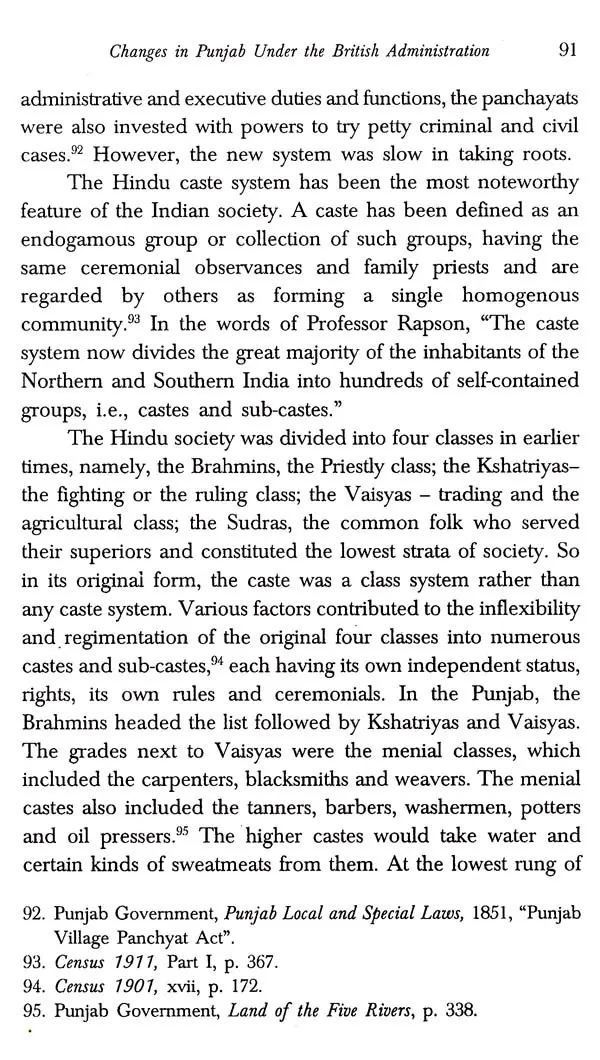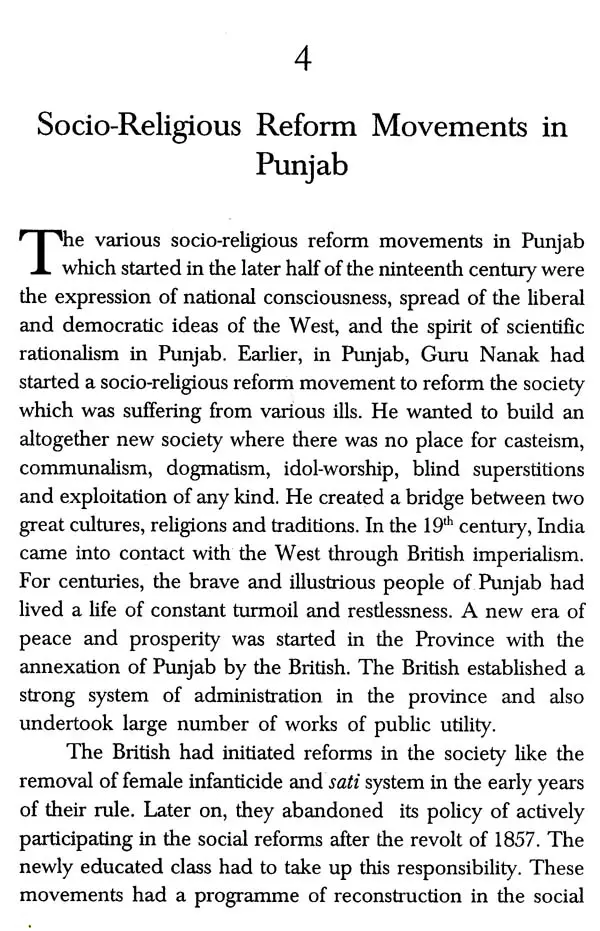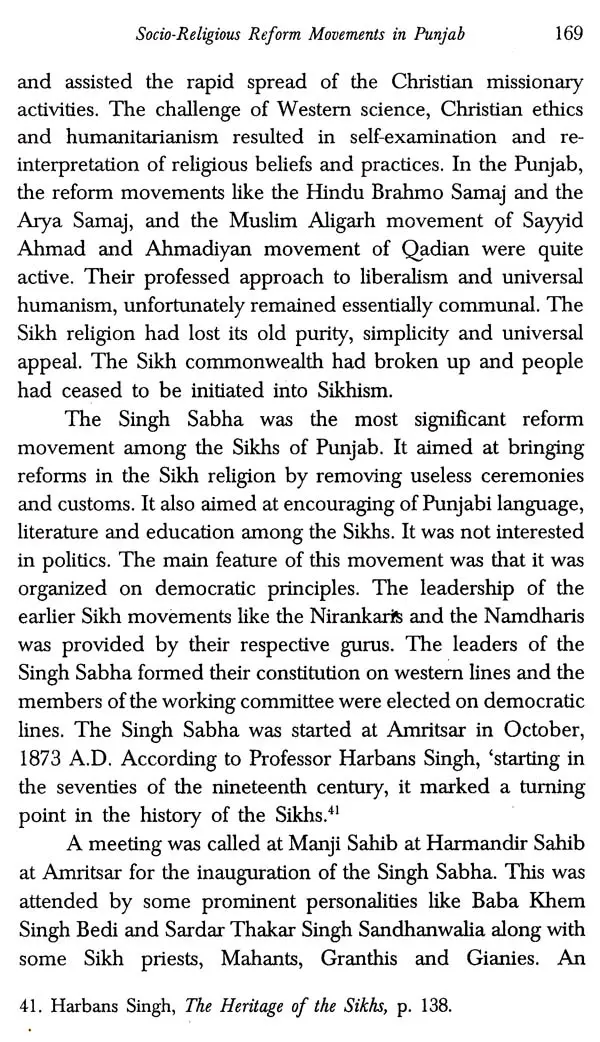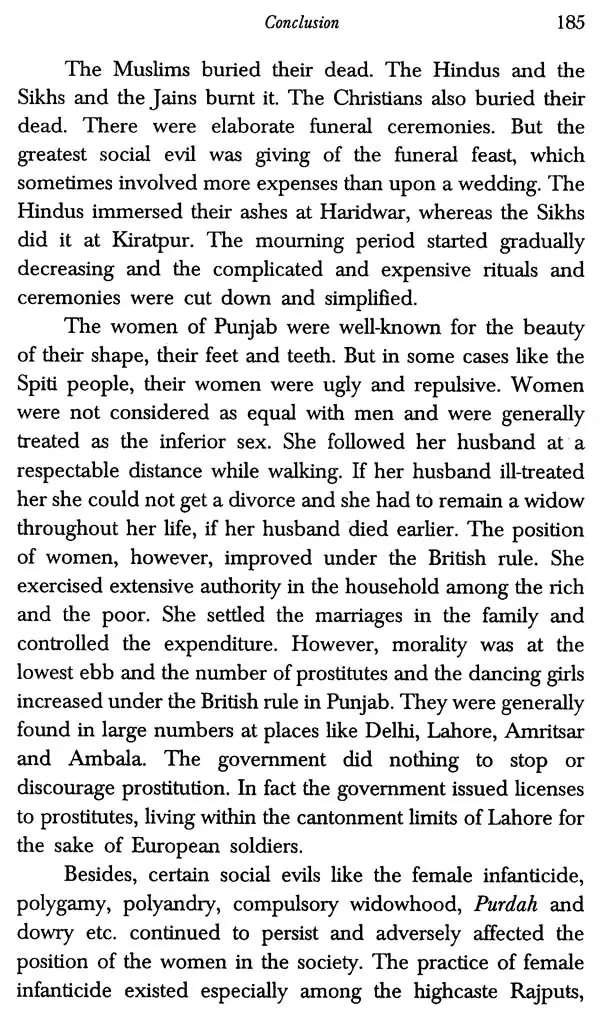About the Book It is a pioneer work that studies the social life of the people of Punjab, their customs and religious beliefs before the advent of the British rule and the subsequent changes that took place after the annexation of Punjab in 1849.
The land of five rivers being gateway of India had been the meeting ground of different cultures. Ever since the time immemorial, hordes of different tribes like Greek, Persian, Kushan, Afghan and Mughals etc. had been migrating here. Consequently, the character of the inhabitants of this region had been moulded by the social habits of these tribes with the result that they became a bit more hardworking and enterprising.
This work is primarily based on the record and material collected from the various reports of the Punjab Government, like the District Settlement Reports, District of Punjab for various districts and Punjab Census Reports, Government Publication (Primary and Secondary) and other secondary sources available on this subject.
About the Author Sudarshan Singh (DOB 13-05-1931) did M.A., Ph.D. and taught History in various Government Colleges/Universities of the state for more than 24 years. He retired as Professor/Director of LA.S. Training Centre, Punjabi University, Patiala. He has devoted himself to the systematic study of the philosophy of life and history of various religious systems, especially the Sikh religion. Besides more than dozen research papers published in reputed journals, he has some scholarly works to his credit including Sikh Religion: Democratic Ideals and Institutions and Punjab da Itihas (1849-1947).
Foreword Tames Mill's History of British India (1817) was hailed by Macaulay who declared in the House of Commons that "Mill's History" was the greatest work to appear in English after Decline and Fall of the Roman Empire. The book which was so loudly complimented had very disparaging observations about Indians. "The religious principles of Hindus" appeared to Mill "more on the play some whimsies of monkies in human shape, than the serious, positive dogmatical asseverations of being who dignifies himself with the name of rational." There was another school of thought led by Sir William Jones who came in Calcutta as judge in 1884 A.D. He believed that India had well-developed civilization before the advent of the British. He founded Asiatic Society Calcutta which contains about thirty thousand manuscripts in all Asian languages--Arabic, Persian, Sanskrit, Prakrit, Nepali, Tibetan, Chinese-all South Indian Languages, etc. Puralan Janamsakhi in Gurmukhi was discovered by Henry Thomas Colebrook, a Sanskrit Scholar and Vice-President of Asiatic Society, Calcutta."
In 1882 A.D., G.W. Leitner wrote in the 'Introduction' to History of Indigenous Education in Punjab that respect for learning has always been "the redeeming feature of the East."
Book's Contents and Sample Pages

